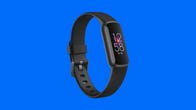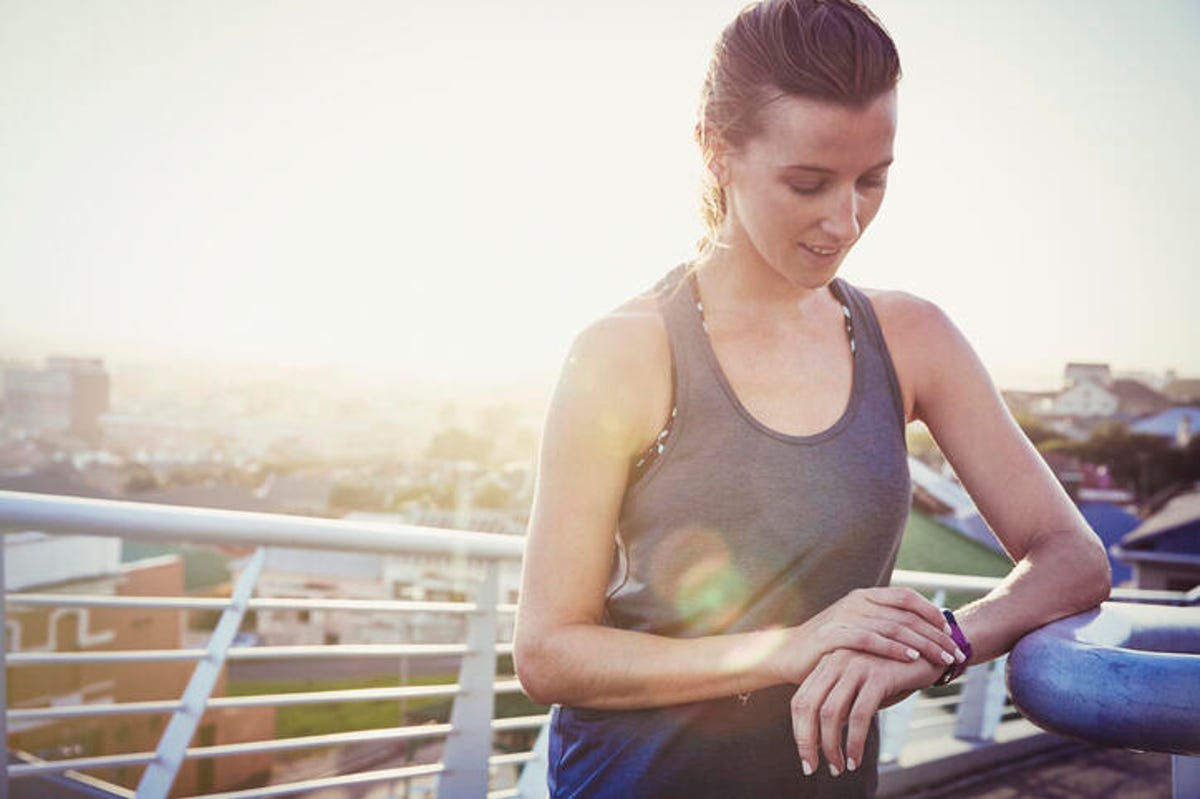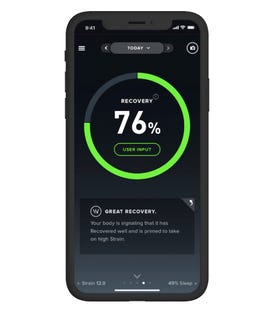This story is part of Health by the Numbers, CNET’s deep dive into how we quantify health.
Thanks to smartwatches such as the Apple Watch and fitness trackers such as the Fitbit, it’s easier than ever to keep tabs on your own health metrics at home. With just a quick glance at your wrist, you can track your heart rate, pulse and the amount of steps you’ve taken in a day. But there’s one important health metric many people aren’t tracking yet: heart-rate variability. This metric, also called HRV, can give insight into your overall health, stress, fitness levels and much more.
Your HRV is the amount of time between your heartbeats. And while that may not sound profound, it’s actually an important metric if you know how to find it. Unlike heart rate or pulse, it’s a bit trickier to measure because not all wearables offer it.
One of the few wearables that measures HRV, the Whoop tracker, uses it and several other metrics to help tell you if you’ve recovered well enough from your last workout to train again. These detailed metrics are one reason why pro athletes and endurance trainers are huge fans of the product. In fact, I never really heard about HRV until I checked out the Whoop band on the company’s site.
Like any other metric that fitness trackers give you, HRV is kind of useless unless you understand what it means and know how to use it to improve your health and fitness. Keep reading to find out more about what HRV is, how to measure it, and how it can help you optimize your health.
Best Fitness Trackers for 2022

What is heart-rate variability?
“HRV is the amount of time between each heartbeat, which is controlled by the autonomic nervous system,” Holly Roser, certified personal trainer, told CNET. The autonomic nervous system is basically your body’s stress or nervous system regulator and contains two key parts: parasympathetic and sympathetic.


HRV is controlled by your nervous system, which regulates many important systems in your body.
Getty Images
The nervous system is so important because it’s what regulates involuntary systems in your body like heart rate, digestion and blood pressure, among other things. You can think of the sympathetic nervous system response as your stress response, or what kicks you into “fight or flight” mode. The parasympathetic nervous system response is also called the “rest and digest” state and is important for allowing your body to digest food, as well as lowering your heart rate and blood pressure.
You probably know that lowering stress is important for health, but what does this have to do with fitness? A lot.
Since recovery is such an important part of your overall fitness routine, HRV is one of the most helpful metrics for telling you if your body is recovered (i.e. not in a stress or sympathetic state) so you can train again.
For example, maybe you’ve been working out a lot and not sleeping much — but you always stick to your 6 a.m. workout no matter what. You can technically feel fine, but you risk overtraining if you’re pushing yourself too hard (especially without enough sleep). While using a sleep tracker is definitely helpful for measuring how well you slept, HRV is another way to see how well you actually recovered from previous training or even just from a stressful situation or night out partying.
How to measure and use HRV


The Whoop fitness tracker factors in your HRV to show how well you’ve recovered from exercise.
Screenshot by Mercey Livingston/CNET
In order to measure HRV you need some type of heart-rate monitor that can accurately measure patterns in your heart rate. Some of the most popular devices that incorporate HRV tracking are the Whoop and the Apple Watch.
Since HRV is kind of complicated to measure accurately, it’s helpful if you use a device that also tracks your sleep, resting heart rate and max heart rate so that you get a bigger picture look at your health.
For example, Whoop tracks your HRV, heart rate, exercise and sleep and uses an algorithm to offer suggestions for recovery or training. If your HRV is good (higher numbers are better) then you’re in the optimal state to exercise or adapt to any type of stress.
A good HRV is a sign that your nervous system can adapt well to various situations, which is good when it comes to handling stress and balanced health overall. Average HRV varies by age, but it also varies by individual — it’s best to track your own patterns and note any changes over time, rather than comparing yourself to others.
Why HRV matters for fitness and overall health
“If your HRV is high, this could be an indicator that you’re living a healthier lifestyle and you have been following healthy habits like getting a good night’s sleep, exercising regularly, staying hydrated, eating healthy and reducing stress,” Roser said.
Since your HRV pattern is a reflection of how much stress your body is under, virtually all facets of your lifestyle can affect it. Remember that stress is more than mental — things like illness, emotional hardship, lack of sleep and dehydration are all examples of things that place stress on your body.
Everyone encounters some amount of stress (and some types of stress, like exercise, can be helpful), but it’s important to understand how well your body is handling it. If not, you could risk overtraining or pushing your body when it may be best to take a break. And this can quickly lead to feeling burnout, getting sick or just exhausted overall.
“When things are ideal, your beat-to-beat timing has a great deal of variability. If your interval timing between heartbeats is the same, you are not yet recovered. That suggests you may be overtraining, or that you simply aren’t recovered yet and need either a lighter recovery exercise day or a rest day in order to achieve more optimal fitness,” Debra Atkinson, MS, CSCS said.
Who can benefit from HRV tracking
Even though HRV is more popular in the world of professional sports and endurance training, it can be useful for anyone to keep track of. Even if you don’t exercise a ton or train professionally, HRV can help you get a better picture of your body’s stress level, as well as recovery and fitness levels. If you’re the type who is prone to burnout or overtraining, HRV tracking can be a helpful tool to make sure you’re keeping rest days and recovery a priority.
“For individuals who tend to push through and work hard to get better results, the HRV monitoring can provide concrete evidence of much-needed rest. If you aren’t likely to take rest yourself, but find you’re frequently injured or sick, HRV can provide the proof you need to back off and recover enough so your fitness, immune system and overall stress level are all more optimal,” Atkinson said.
More key health info for you
- Count Your Macros to Lose Weight, Build Muscle and Increase Energy
- What Your Sleep Tracker Can Reveal About Your Health
- What’s in a Calorie, and Why That Matters More Than the Number
- Smartwatches Have Measured Blood Oxygen for Years. But Is This Useful?
- Why Your BMI Just Isn’t That Important
The information contained in this article is for educational and informational purposes only and is not intended as health or medical advice. Always consult a physician or other qualified health provider regarding any questions you may have about a medical condition or health objectives.
